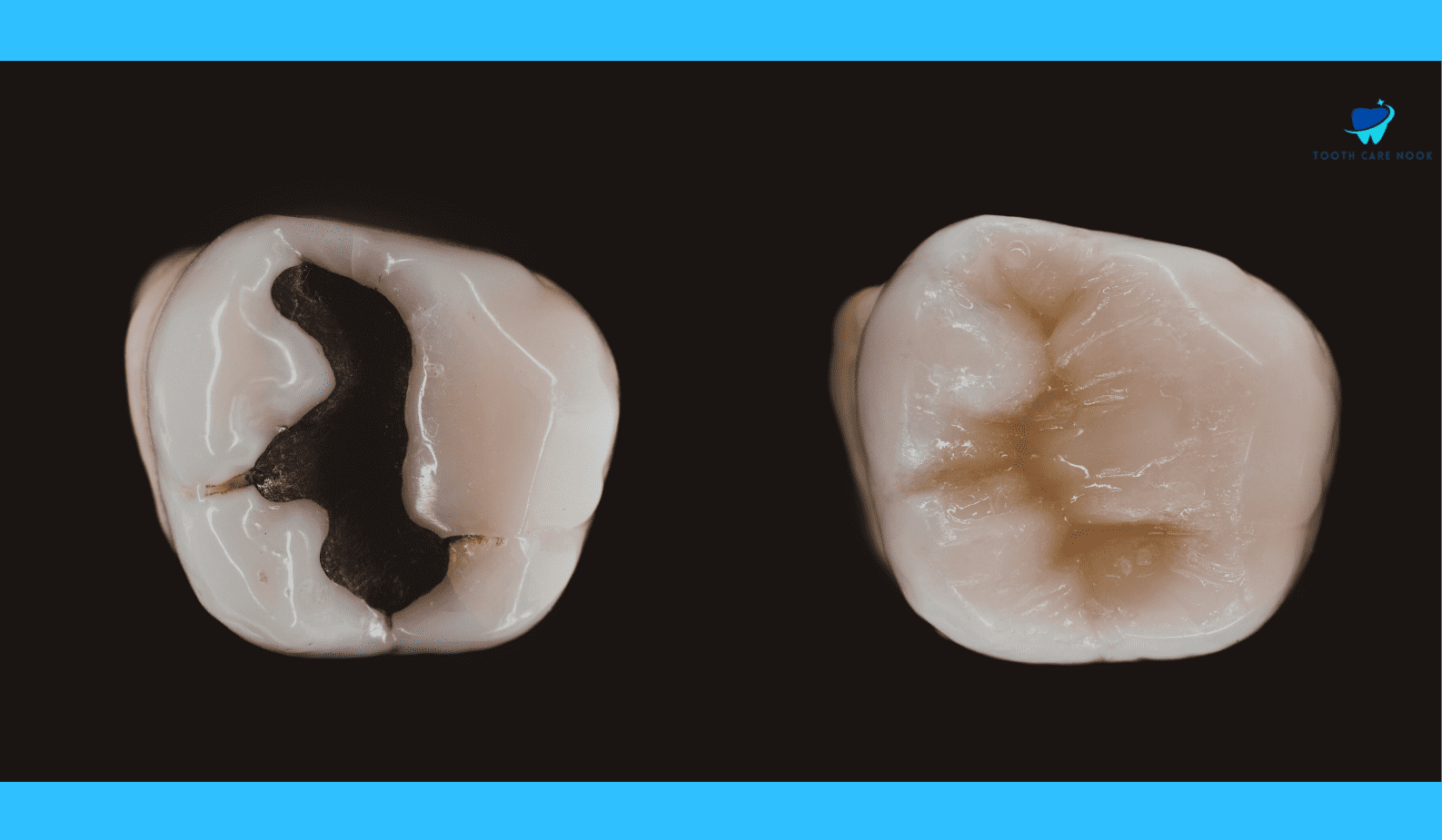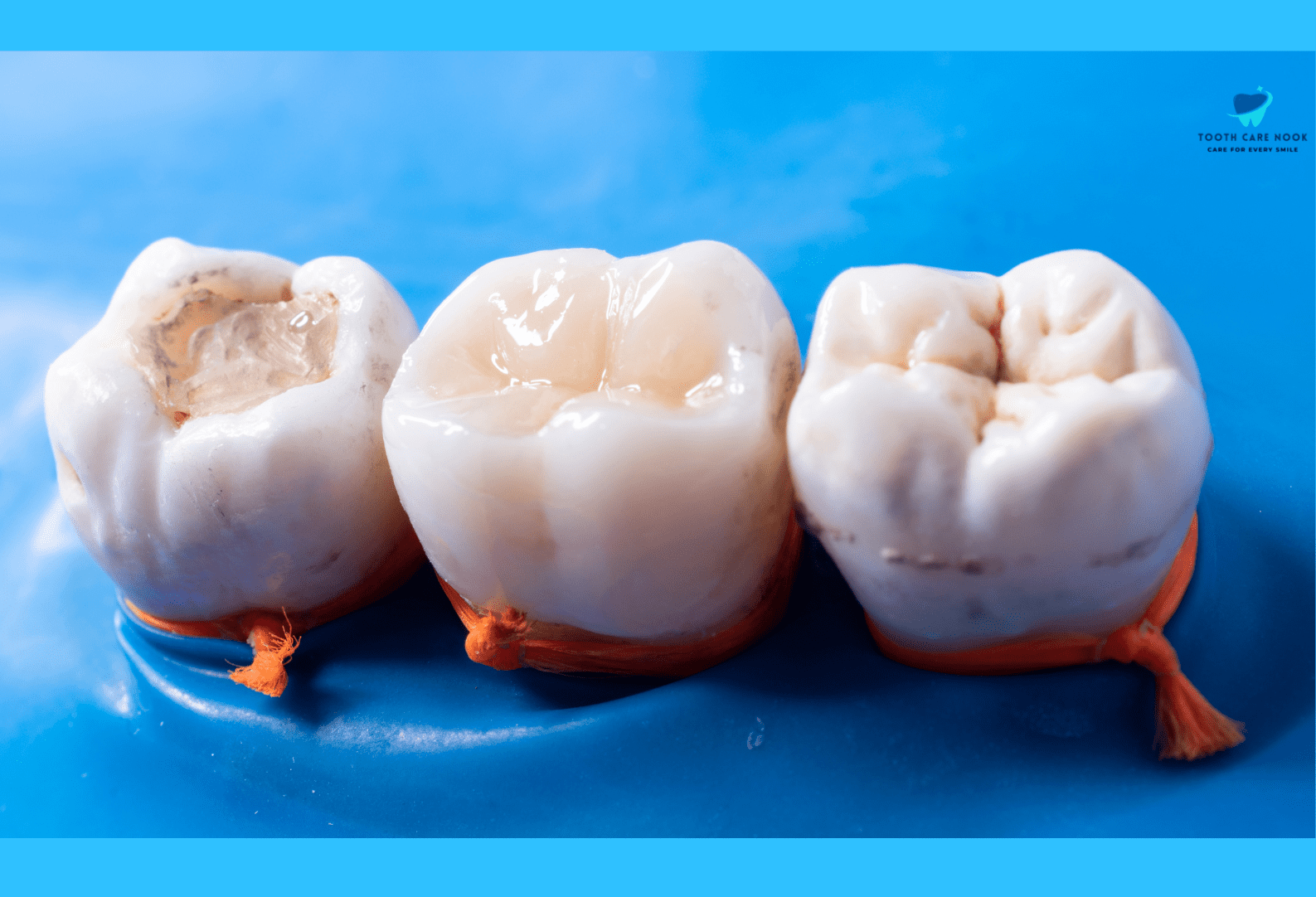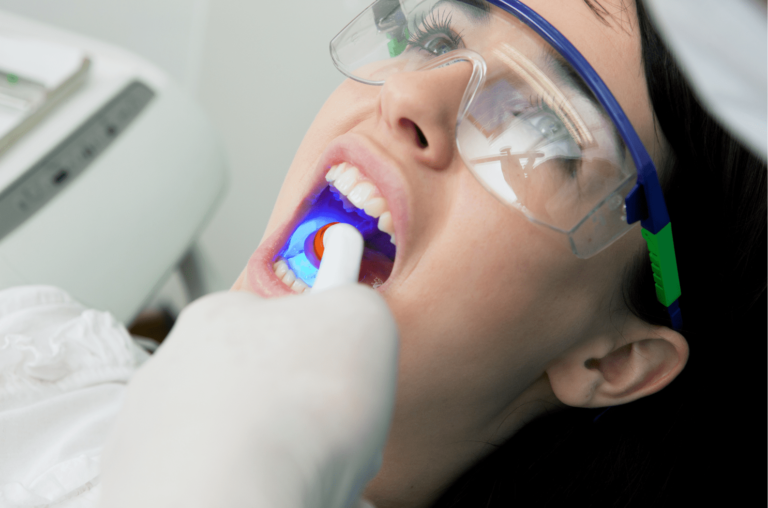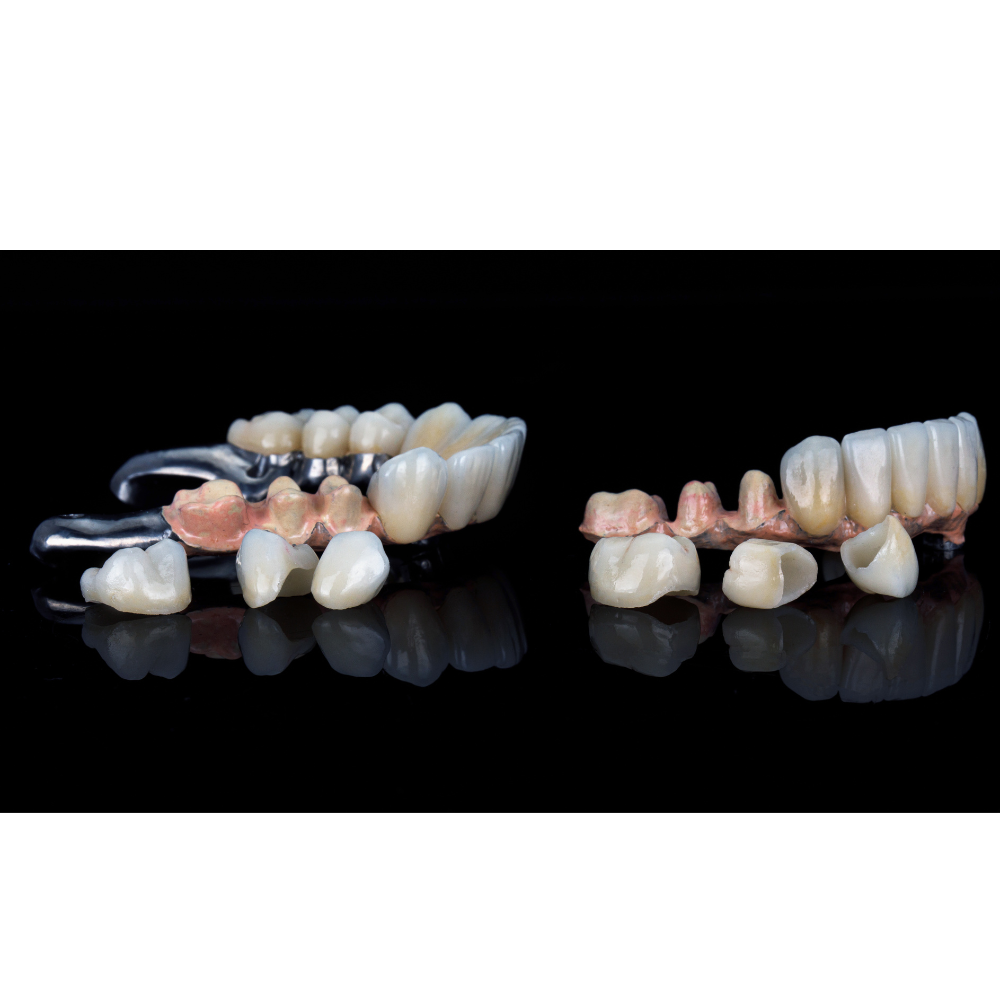What Causes Leaking Dental Fillings – Know It All
Dental fillings are meant to restore the function and integrity of damaged teeth but sometimes fail to provide a perfect seal. Sometimes leaking fillings can happen. When this happens, bacteria and food particles can seep into the tiny gaps, leading to further decay and other dental problems. This issue is uncomfortable and can compromise the overall health of your teeth.
You should know the causes of leaking dental fillings to maintain good oral hygiene and prevent further complications. Here you will learn the various factors that lead to leaking fillings, explore the potential consequences, and discuss the best practices to prevent and address this common dental issue.
What Are Leaking Fillings Teeth?
A filling is a material used to repair cavities in your teeth. Leaking fillings teeth can occur when fillings don’t create a perfect seal with the surrounding tooth structure.
Symptoms Of Leaking Tooth Fillings
Here are some symptoms of leaking tooth fillings:
Sensitivity to hot or cold:
This is a common sign because the leaking filling allows hot or cold substances to reach the inner tooth.
Toothache:
Pain or discomfort in the tooth with the filling might indicate leakage and potential irritation.
Noticeable Gap:
Sometimes, you might see a visible gap between the filling and the tooth.
Increased Sensitivity to Sweets:
Leaking filling teeth can allow sugar to reach the inner tooth, causing discomfort.
Types
There are two main types of fillings used to repair cavities, and both can leak for different reasons:
1. Amalgam Fillings :
Amalgam fillings are also called silver fillings. These traditional types of fillings are a mixture of metals like mercury, silver, tin, and copper.
Symptoms:
The following are the main symptoms of leaking amalgam fillings:
- Sensitivity to Hot or Cold.
- Toothache can be a symptom of silver fillings leaking.
- Discoloration around the filling.
2. Composite Resin Fillings :
They are also known as Tooth-Colored Fillings. These fillings are a newer option made of a tooth-colored plastic material. They bond chemically to the tooth structure.
Symptoms
- Sharp pain when biting.
- Chipped or cracked filling.
- Noticeable color change.

Causes of Leaking Dental Fillings
The following factors can contribute to a leaking dental filling:
Wear and Tear:
Over time, fillings, especially amalgam fillings, can wear down at the edges due to chewing and grinding. This creates a gap where bacteria can seep in and irritate the tooth.
Improper Placement:
If a filling isn’t placed correctly during the initial procedure, it might not create a perfect seal with the surrounding tooth structure. This allows leakage to occur from the start.
Temperature Changes:
Amalgam fillings, due to their metal content, contract and expand slightly with hot and cold temperatures. This repeated movement can put stress on the seal and cause leaking dental fillings which weaken over time.
Chipping or Breaking:
Composite fillings are more susceptible to chipping or breaking, especially with heavy chewing or bruxism. These chips or cracks create openings for leakage.
Bonding Failure:
In rare cases, the bonding process between a composite filling and the tooth might not be perfect, allowing leakage to occur right away.
Impact Of Leakings On Dental Health
The following are some impacts of leaking fillings teeth on overall dental health;
Increased Risk of Decay:
Leaking dental fillings create a pathway for bacteria and food particles to reach the inner tooth, where they can cause further decay and potentially lead to a larger cavity.
Potential Pulp Damage:
If leakage goes untreated for a long time, it can reach the pulp, the soft tissue core of the tooth containing nerves and blood vessels. This can lead to severe pain, infection, and even tooth loss.
Abscess Formation:
In extreme cases, a leaking dental filling and subsequent infection can lead to an abscess, a pus-filled pocket that forms at the tooth’s root. This can be very painful and requires prompt treatment.
Treatment Options
Here are some treatment options if you have leaking dental fillings:
Filling Replacement:
This is the most common approach. The dentist will remove the leaky filling and replace it with a new one, ensuring a proper seal. The type of filling material used might depend on the location, size of the cavity, and your preference.
Repairing the Filling:
In some cases, if the leak is very minor, your dentist might be able to repair the existing filling with a bonding material. This is a less invasive option but might not be suitable for all situations.
Root Canal Therapy:
If the leakage has caused significant damage to the inner pulp of the tooth, a root canal treatment might be necessary. This procedure removes the infected pulp and seals the tooth to prevent further problems.
Crown Placement:
In situations where the tooth structure is severely compromised due to decay or leakage, a dental crown might be needed. A crown is a cap that fits over the entire tooth, restoring strength and functionality.

Tips To Prevent Fillings From Leaking
Here are some tips to prevent fillings from leaking in the first place:
Wear a Mouthguard During Sports:
If you participate in sports that carry a risk of facial injury, wear a mouthguard to protect your teeth and fillings from impacts.
Manage Bruxism:
If you grind your teeth at night, talk to your dentist about wearing a nightguard to prevent damage to your fillings and teeth.
Minimize Sugary and Acidic Foods:
Sugar and acid can erode tooth enamel and contribute to decay around fillings. Limit sugary drinks and acidic foods to maintain strong teeth and healthy fillings.
FAQs
Is It Normal For Fillings To Leak?
Leakage isn’t normal but it can happen over time due to wear and tear, improper placement, or other factors. While not normal, it’s not uncommon either.
What Does Leaking Filling Pain Feel Like?
The leaking dental filling pain can vary. It might be a dull ache, throbbing pain, or sharp discomfort, especially with hot, cold, sweet, or acidic foods and drinks.
Can A Leaking Filling Cause Bad Breath?
Yes, leaky fillings allow bacteria to build up under the filling which can contribute to halitosis.
Is A Leaky Filling An Emergency?
A leaky filling is not necessarily an emergency but it shouldn’t be ignored. Early treatment can prevent further damage and complications. Schedule a dental appointment as soon as possible if you suspect a leaky filling.



